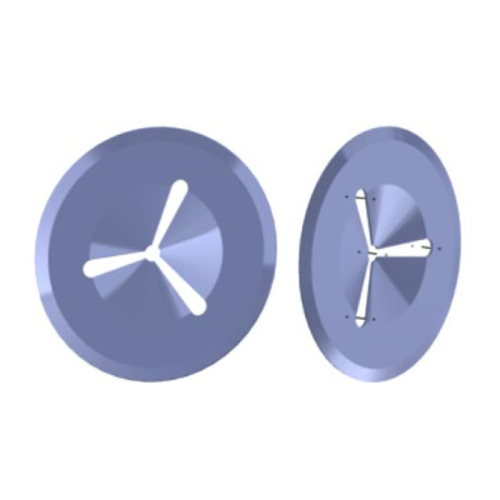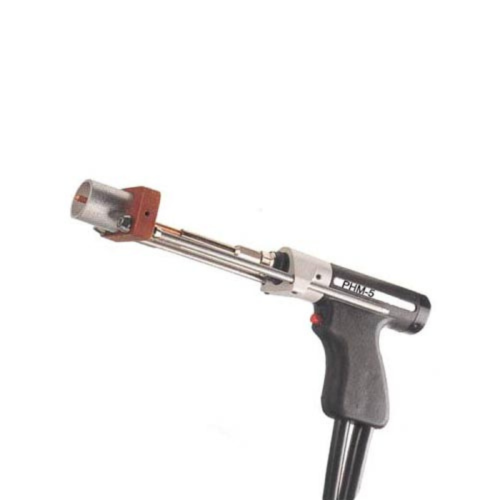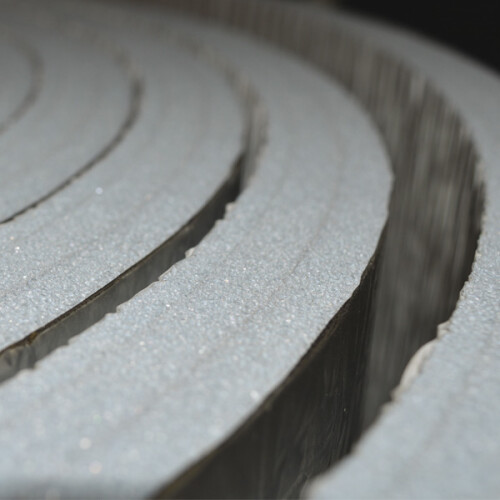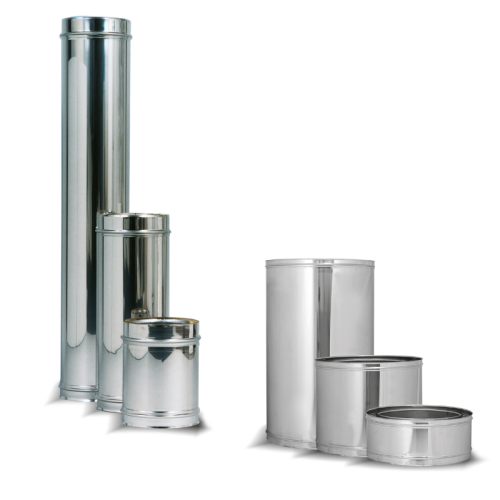Construction components
System components: essential for efficiency and functionality
System components are fundamental to ensuring proper operation, energy efficiency, and the longevity of installations across various sectors, including HVAC (heating, ventilation, and air conditioning), plumbing, electrical, and industrial systems.
These components include a wide range of devices and materials, each designed to perform specific functions within a complex system. In this article, we will explore the characteristics of key system components, their benefits, how they work, and key considerations for their selection and maintenance.
Page: 1 di 2
Characteristics of system components
- Variety of components: The main system components include pumps, valves, filters, motors, sensors, ducts, heat exchangers, and control instruments. Each component has a specific function and contributes to the overall system performance.
- Construction materials: System components can be made from various materials, such as steel, copper, aluminum, plastic, and composites. The choice of material depends on operating conditions, required durability, and the type of fluid or gas being transported.
- Energy efficiency: Many system components are designed to optimize energy efficiency, reducing power consumption and minimizing losses.
- Compatibility: Components must be compatible with each other and with the existing system. This includes considerations such as size, capacity, operating pressure, and connection requirements.
- Durability and maintenance: System components must be robust and resilient to withstand harsh operating conditions. Ease of maintenance is crucial for ensuring continuous and reliable operation.
How system components work
- Pumps and motors: Pumps are used to move fluids within the system, while motors provide the necessary power to operate pumps, fans, and other mechanical devices.
- Valves and regulators: Valves control the flow of fluids and gases, allowing for the regulation of pressure and flow rate within the system. Regulators maintain the desired pressure and temperature.
- Filters and heat exchangers: Filters remove contaminants from fluids and air, improving quality and purity. Heat exchangers transfer heat between two fluids, enhancing the system’s thermal efficiency.
- Sensors and control instruments: Sensors monitor various operational parameters, such as temperature, pressure, and flow, providing data to control systems to optimize system performance.
- Ducts and piping: Ducts transport fluids and gases throughout the system, ensuring uniform distribution and minimizing losses.
























